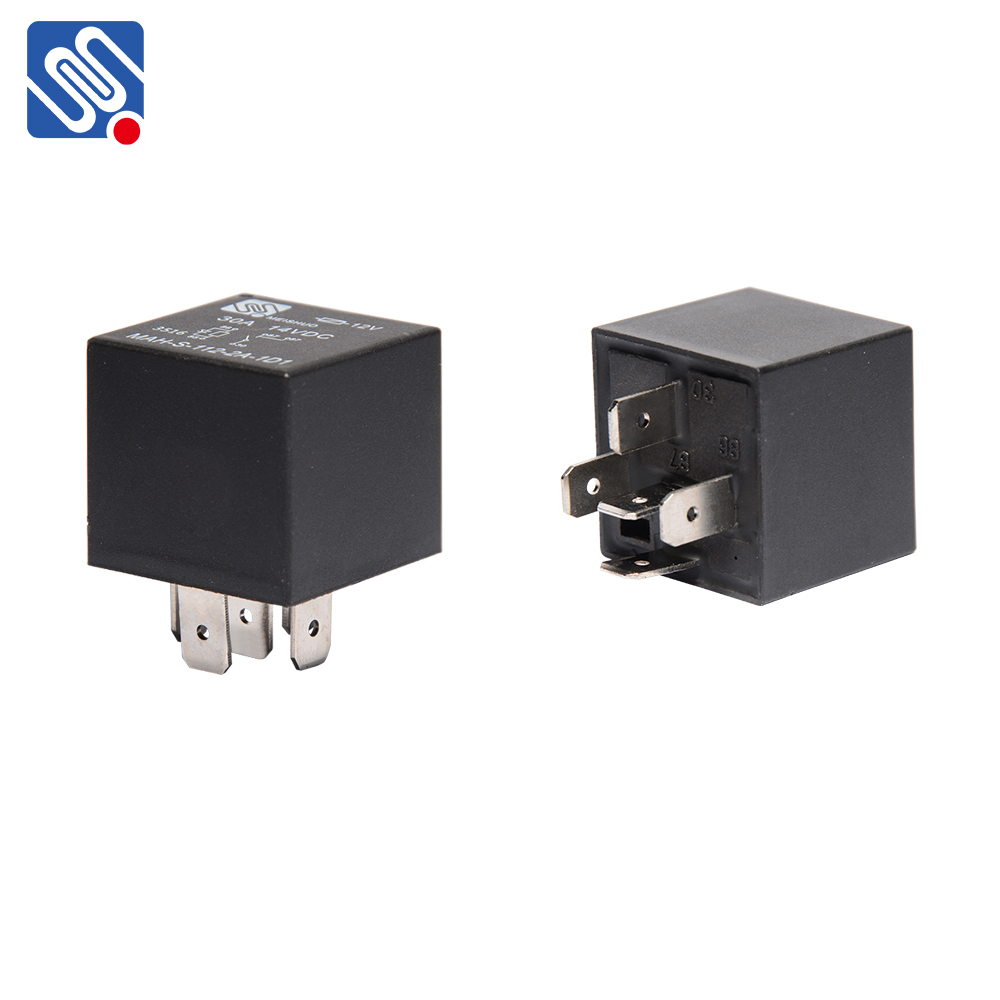understanding automotive relay: a key component in vehicle electrical systems
Release time:2025-05-08 10:33:06
Automotive relays play a crucial role in modern vehicles, acting as the silent workhorses in a car’s electrical system. While often overlooked by most drivers, these small components are essential for the proper functioning of various electrical systems within a vehicle. From controlling power to lights and motors to regulating safety functions, Automotive relays ensure that these systems operate reliably and efficiently. In this article, we will explore what Automotive relays are, how they work, and why they are critical for modern vehicles.

What is an Automotive Relay?
An automotive relay is an electrical switch that uses an electromagnet to control the flow of electrical current in a circuit. Essentially, a relay allows a small current to control a much larger current, functioning as an intermediary that directs power to various components of the vehicle. The basic construction of a relay includes a coil, an armature, and contacts. When current flows through the coil, it generates a magnetic field that moves the armature, causing the contacts to either open or close and complete the circuit.
How Automotive Relays Work
Automotive relays work based on the principle of electromagnetism. When an electrical current is applied to the relay's coil, it creates a magnetic field that attracts or repels the armature. This mechanical movement either opens or closes the relay's contacts, thus completing or interrupting the flow of electricity to the attached circuit. The relay can handle higher currents in the circuit without the need for a high current switch or button, which makes it an essential component in controlling heavy-duty devices such as car motors, headlights, and air conditioning systems.


